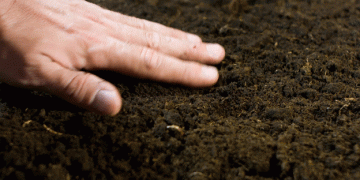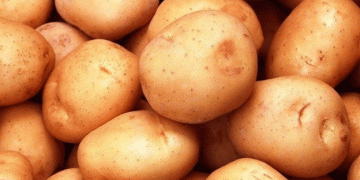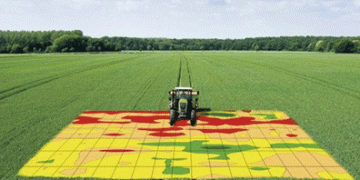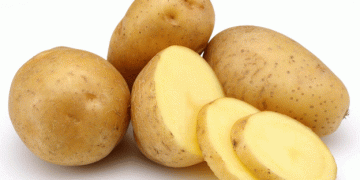Sweetpotato is a highly productive crop and orange-fleshed varieties are an excellent source of vitamin A, making it an important option for regions at a risk of food shortages and malnutrition. However, viruses that are spread by whiteflies and the vine cuttings farmers use as planting material can accumulate in plants and reduce the yields of many orange-fleshed varieties within a few growing seasons. This is especially problematic in East Africa, where the viruses abound.
The Kenya Plant Health Inspectorate Service (KEPHIS) consequently grows virus-free sweetpotato plants in greenhouses and sells their vines as pre-basic seed to commercial seed producers and organizations for multiplication and sale to farmers. Specially trained farmers know as decentralized vine multipliers play an important role in dissemination by growing virus-free material from KEPHIS to produce vine cuttings for sale to other farmers in their areas. Healthy planting material can result in good harvests, and consequent income and nutritional improvements, so building sustainable seed systems to deliver it to farmers is a priority of many government and non-government organizations.
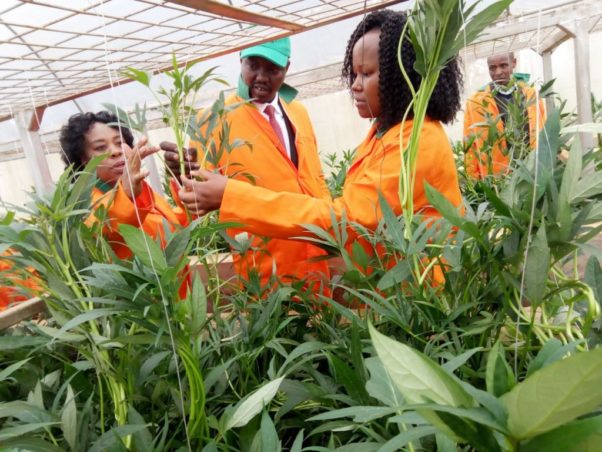
According to Florence Munguti, who manages the KEPHIS station in Muguga where virus-free sweetpotato vine are produced, they sell about 70,000 vine cuttings of 11 sweetpotato varieties each planting season. The revenue goes into a rotating fund to cover recurring production costs, to ensure that they have plenty of vines to sell each planting season. Even with dips in demand due to the COVID-19 pandemic, production of “early-generation seed,” as the virus-free starting material is known, is good business. In fact, KEPHIS has invested part of its rotating fund in construction of an additional greenhouse to increase production.
Munguti and colleagues turned KEPHIS’s early generation sweetpotato seed production into a financially viable enterprise by using the “sustainable early generation seed business analysis tool” (SEGSBAT) developed by Srinivasulu Rajendran, an agricultural economist with the International Potato Center (CIP).
“Early generation seed production is dominated by government in Africa. We wanted to create a sustainable business model to increase supply,” says Rajendran.
“The SEGSBAT tool and CIP technical support helped us calculate the real time and marginal costs of sweetpotato vines,” explains Munguti. “We were able set prices for NGOs, other organizations and vine multipliers in the initial years. The SEGSBAT tool also was useful in projecting sales for planning purposes.”
Rajendran has tested SEGSBAT with government institutions in 11 African countries – first for sweetpotato and later for cassava seed production – and has helped many develop business plans and set up production. Sweetpotato and cassava are both susceptible to diseases that are spread by planting material, as are all root, tuber and banana (RT&B) crops, because farmers plant vegetative seed – vines, stalks, tubers, suckers or roots – rather than botanical seed. Facilitating the development of systems to produce and disseminate disease- and pest-free vegetative seed of improved varieties to the hundreds of millions of smallholder farmers who depend on them could significantly boost yields, incomes and food and nutrition security in developing countries, and is consequently a priority of agricultural research and development organizations.
Seed systems toolbox
SEGSBAT is one of 11 tools for working with root, tuber and banana seed systems developed by a multi-disciplinary team of more than 50 scientists and practitioners from the CGIAR Research Program on Roots, Tubers and Bananas (RTB) and five international agricultural research organizations. Their aim is to help researchers, practitioners and policy makers evaluate or improve seed systems of banana, cassava, potato, sweetpotato, and yam.
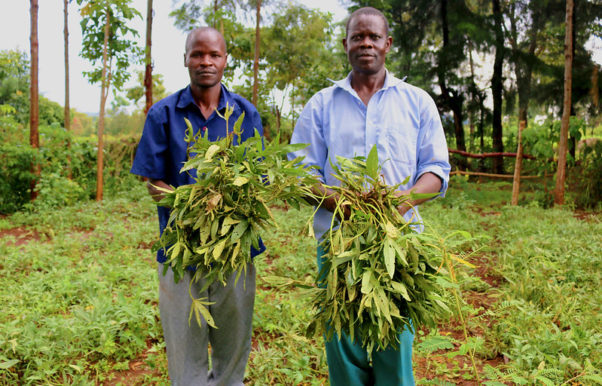
The tools range from a multi-stakeholder framework that allows users to gain a quick overview of a given seed system, to Seed Tracker, an information and communications technology that digitally links seed producers and buyers. They are available to the public on the RTB Seed Systems Toolbox website, which includes user guides, peer reviewed scientific papers and examples of their successful use.
While the tools have been validated with partners in Africa, Asia and Latin America and presented to the public via a virtual event in March of 2021, they need to be more widely disseminated and more researchers and practitioners need to apply them to RT&B and other crops, draw lessons, and teach others how to use them. The RTB seed systems community of practice thus organized a webinar on how to use the tools in July of 2021, and then solicited proposals from gender-balanced teams of practitioners, young professionals and policymakers to apply a tool to a seed scenario in their country – with guidance from the tool’s developer – and to report their findings and experiences.
“Our aim was to use an on-the-job-training formula for tailor-made, hands-on training of groups of researchers/practitioners,” explains CIP scientist Jorge Andrade-Piedra, one of the leaders of the RTB seed systems community of practice.
Proposals from teams in Tanzania, Ethiopia and Uganda were accepted in August and the results of their application of the tools to seed systems in those countries will be presented in a three-day virtual workshop on October 25, 27 and 28, 2021.
“These workshops not only provide opportunities for people who study or work with RTB crops and seed systems to learn more about the tools and their potential, they mark the beginning of a process to refine them and take them to scale in countries where millions of small-scale farmers depend on RT&B crops but suffer the consequences of low yields for lack of quality seed of improved varieties,” Andrade-Piedra adds.
Register for the workshop: Building a better seed future, together


